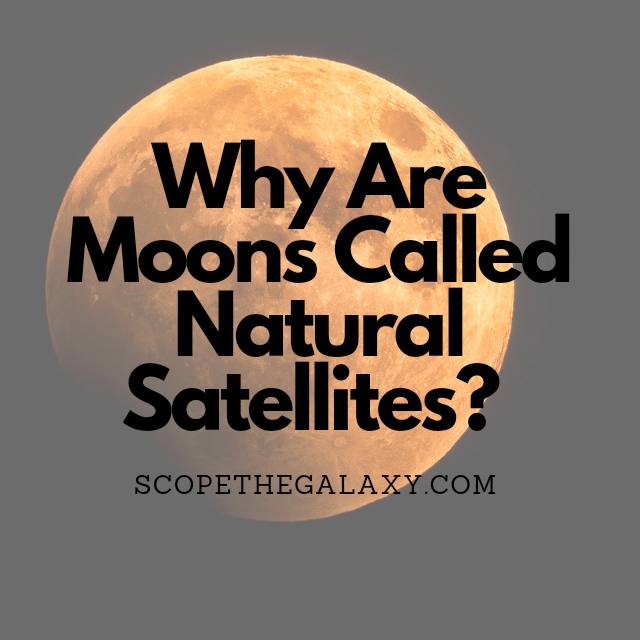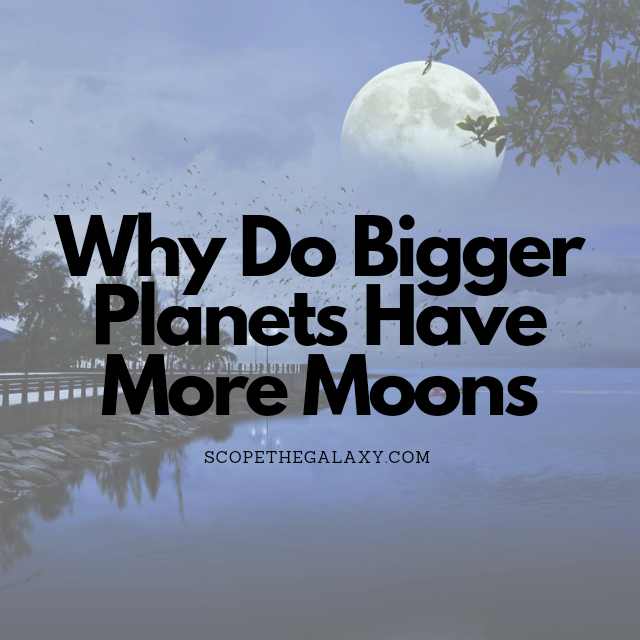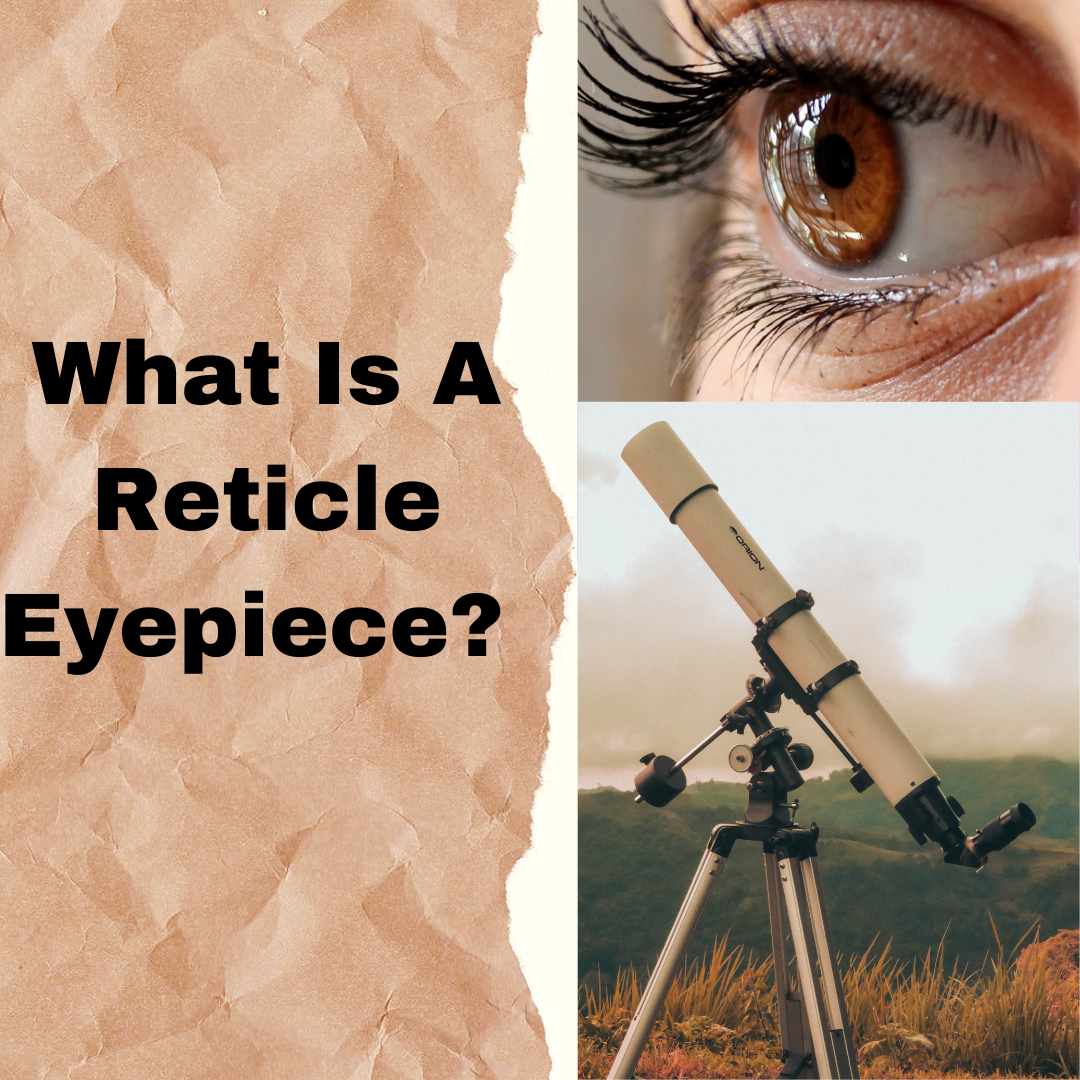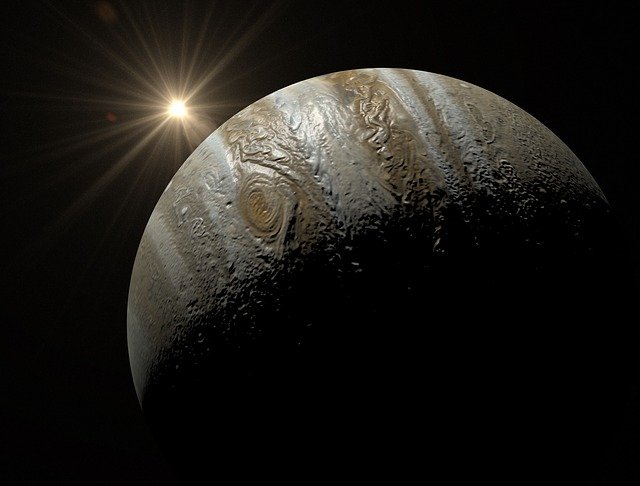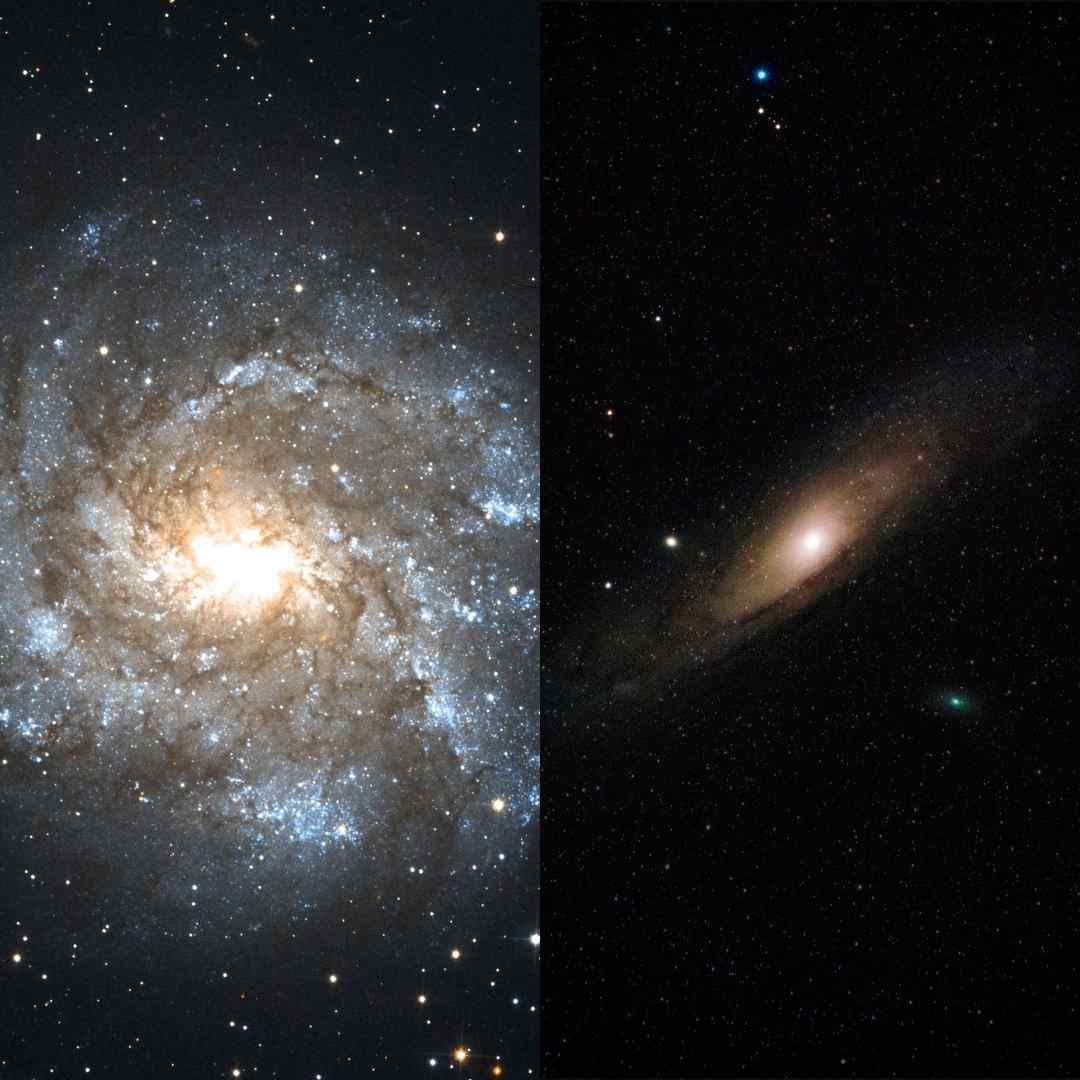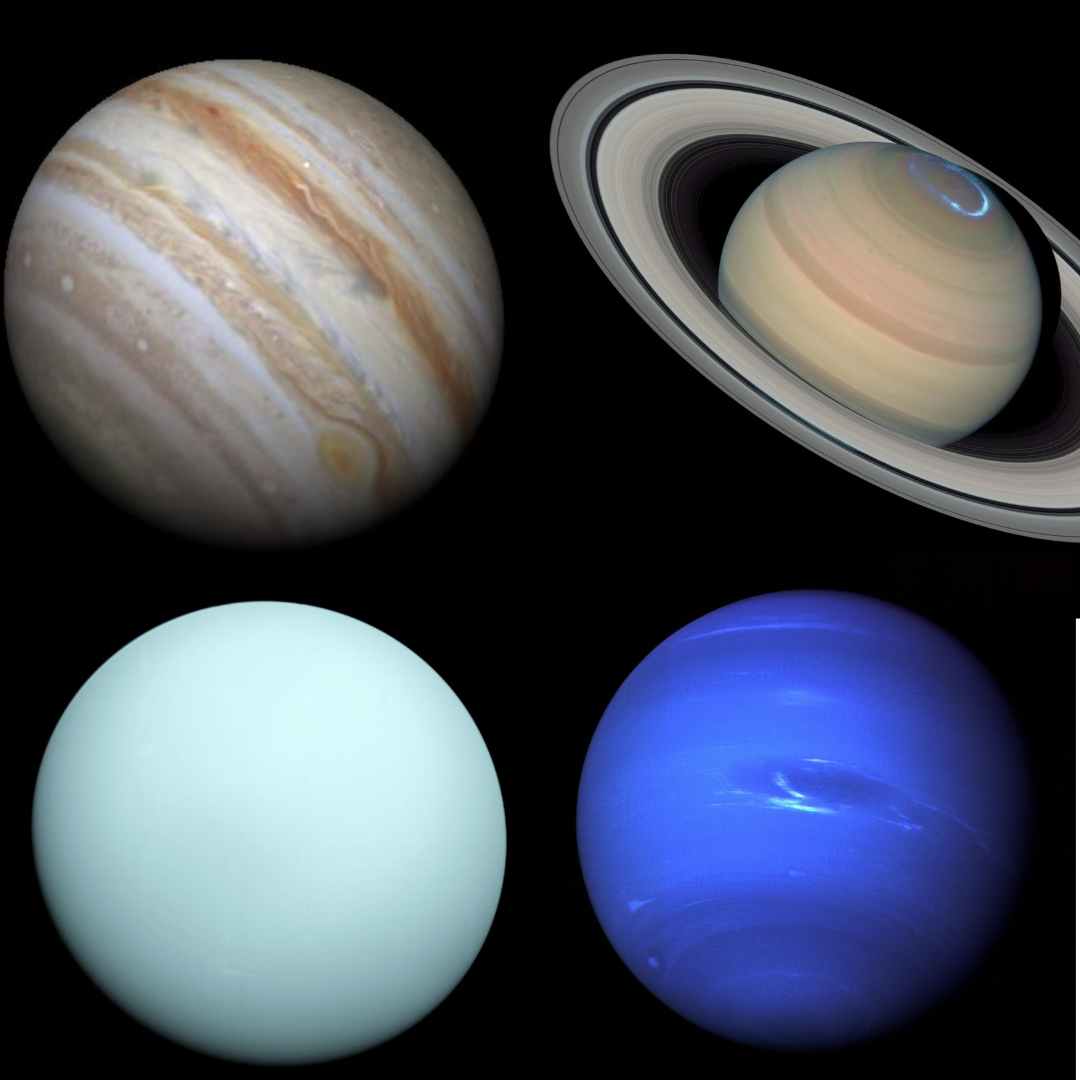Why Are Moons Called Natural Satellites?
Moons are referred to as natural satellites because they naturally orbit around their respective planets Hill sphere (counterclockwise) . Artificial satellites, on the other hand, are manually placed in specific regions of space to orbit Earth, Saturn, Jupiter, etc. to deliver services, whether images, telecommunication, or weather reports for scientific and recreational use. For a … Read more

